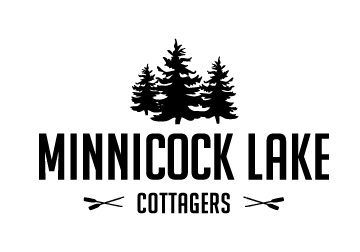Minnicock's plants, animals and eco-friendly projects
INaturalist Project.
Download the Seek app on Apple Store
Seek app on Google Play
This app allows you to point the cell phone's camera at a plant and it will try to identify it. It doesn't always work and while it takes it sweet time, you are being eaten alive by bugs but it usually gets down to identifying the species. Then take a photo and it keeps track of all your sightings. The app also includes the location data which allows you to post your sighting to another app called iNaturalist which maps and shares sightings. Seek also links your sighting to wikipedia for further reading.
Not "Naturist", that's something else.
Download iNaturalist on Apple Store
of iNaturalist on Google Play.
You will want to explore iNaturalist on your desktop computer, the mapping is excellent. From your desktop account you can follow other people and join the Minnicock Lake project. This dramatically increases the number of sightings you have access to. Plus you get to connect with neighbours about what they have spotted.
Merlin Bird app
It's 4 O'clock in the morning and you are wide awake wondering if that was a Barred Owl or somebody asking who cooks for you? If you have downloaded the Merlin app, you know.
Merlin on Apple Store
Merlin on Google Plan
Shoreline naturalization.
What can you do to help maintain water quality, expand habitat and contribute to an overall healthier ecosystem? Shoreline and upland plants hold the key. A great place to start is Watersheds Canada. Lots to read, the real gems are the projects lake associations are doing. For instance, check out the "brush bundles" videos. Improving your own shoreline can be as simple as adding fallen brush, branches or whole trees in the shallow waters.
Two other organizations have local expertise. Haliburton County Master Gardeners provides a lot of advice specific to growing things in challenging Zone 4. Grounded Gardens offers advice and services. If you grow the right plants, you get interesting birds visiting you.
Another organization is the Haliburton Land Trust. They acquire and/or manage land parcels that are representative of the Haliburton natural landscape and historic/cultural heritage. Additionally, they are the driving force in the Highlands Corridor project.
Water quality testing.
The MLCA is one of the 800 lakes that participates in the Province's water quality database. Phosphorus levels and turbidity are measured by Lynn Yamazaki year over year to feed.
Invasive species.
Identify - remove - dispose. Invasive species can overwhelm and destroy the native species that have existed here for millennia. They can disrupt the food systems and upset the balance upon which other species are dependent. Here are the main plants to keep an eye out for and take action:
- Garlic Mustard - usually along the road where the soil has been disturbed by grading. Carefully pull out to get the root when it is in bloom late May. Also easily found very early or very late in the season where it is the first or last green thing. Year over year effort will eventually get rid of it.
- Dog Strangling Vine - terrible stuff. Found along the road where soil has been disturbed. Seeds are carried here in your tires and mud on car. Not common here but must be taken out before it seeds.
- Phragmites - goodbye shoreline if this gets established. Seeds travel along waterways. Spreading throughout the County.
- Millefoille - forms matts or clumps in the lake. More phosphorus = more weeds.
The Invasive Species Centre held a webinar on Feb 19-21.
This video gives a good overview and the rest of the videos are available to watch here.

